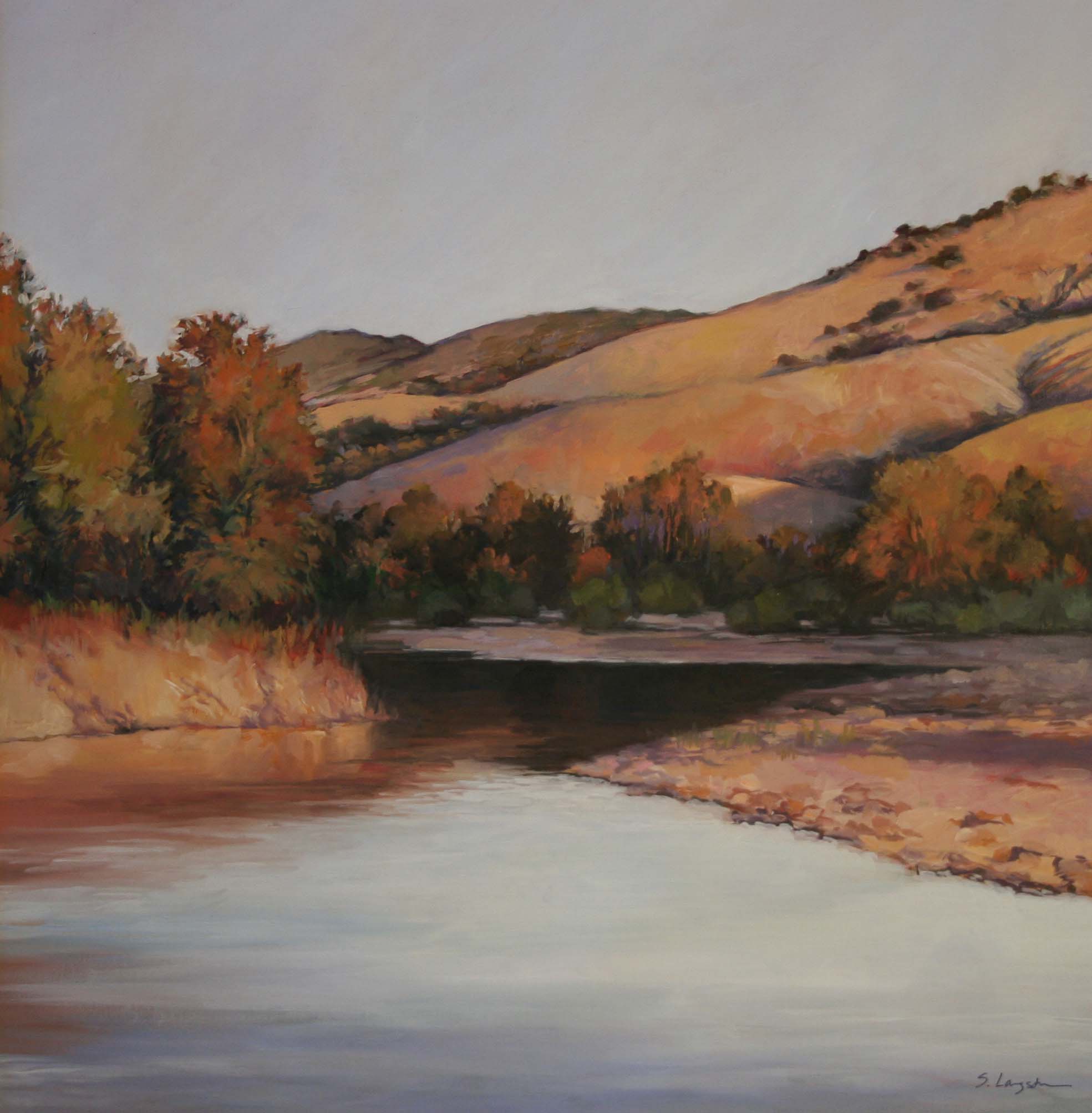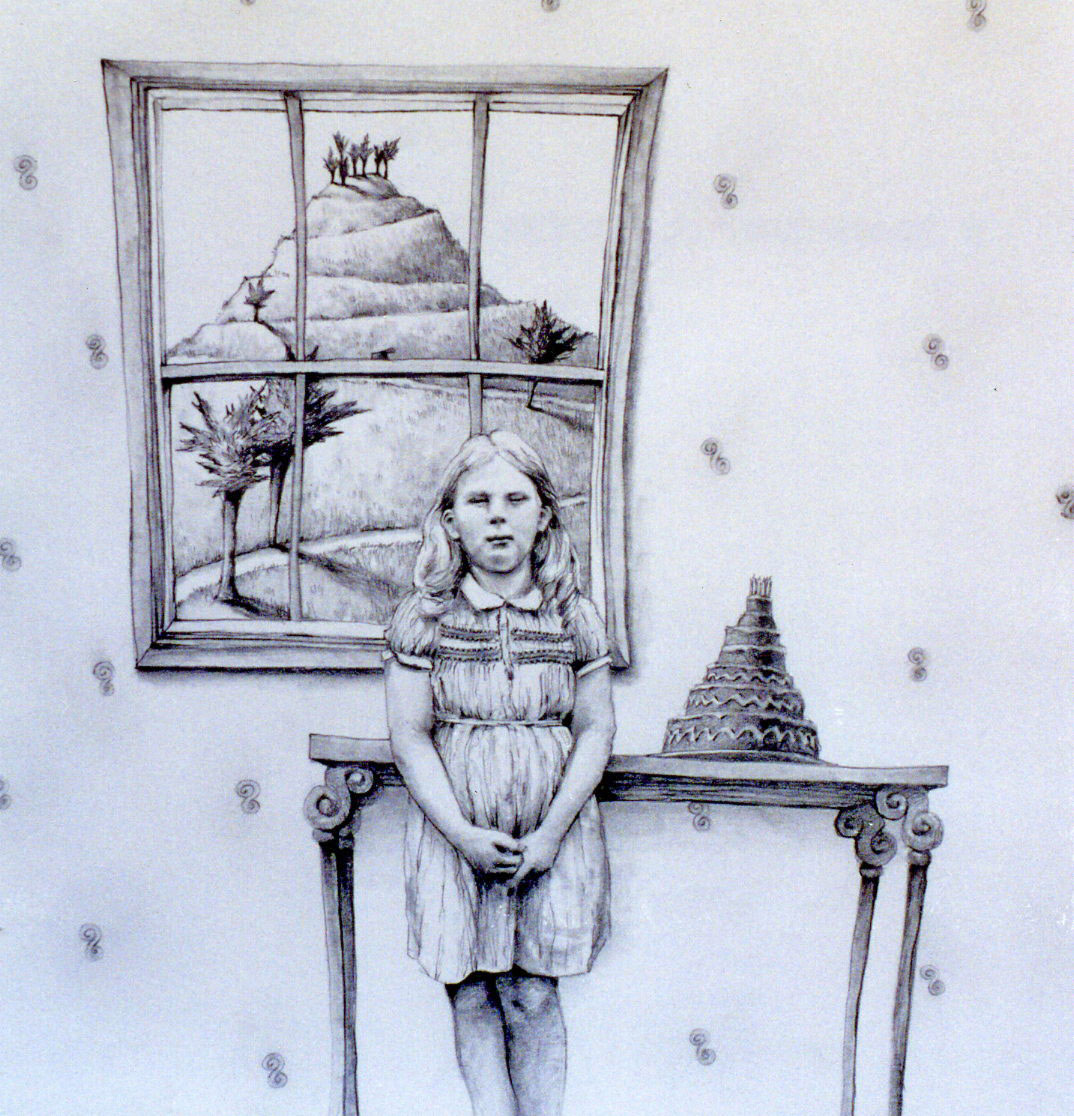A typical American residential street is predictable; it is wide and largely uncluttered by anything other than parked cars, and the distance from the pavement to the front door of any house is respectably far, sometimes very far. There may be a fence with a gate, a park-like lawn, curtained windows, and always an automobile. It doesn’t facilitate interaction among residents and passersby.
Here it is different, but of course you knew that already. The main street is wide, but most others are tight, with parked cars in abundance, and front doors are often only a couple of feet from the asphalt. People who live in the center of town inhabit the same spaces that their great-grandparents did, although the rooms have obviously been updated and modernized with tasteful results. But if you live on street level and have only three feet of sidewalk as a front yard, will you not want to keep at least that piece of street open and breathable? Of course you will! But there are many cars in town, actually about one car per resident–which must reside somewhere. So the women of Bernalda have adopted various strategies to establish their territory. They will place chairs out in the street, backed up to the curb, and if asked there will be a reason offered, even if it may seem trifling. After all, there are always other places to park, over there!
The sidewalk is an interesting place, and holds many things that are at first encounter mysterious. What possible use does a long string, drooping almost to the ground, possibly have? Living in a house with no yard and no terrazzo, hanging out the wash can present a problem. Propped at a 45-degree angle from the base of the wall, a long forked stick and this string will become a respectable laundry line, capable of holding a basketful of wash. I wonder if I would have the courage to display my intimate apparel at street level, for the perusal of anyone. Would it not be disconcerting as folks pass by conversing, or engrossed in a text message, to find my underpants suddenly in their face? But the Italian market offers an extensive range of fabric softeners, so strolling the town amid this freshly-washed finery can also be a sensual olfactory experience. Watch your head, and enjoy the profumo.
My initial impression of the generosity of folks here was magnified by observing chairs strategically placed on the sidewalk, each with a carefully-composed still-life of seasonal fruit, or vegetables, even oil or wine. How wonderful that folks would offer such things to anyone passing by! I never had the nerve to allow myself to partake of something from these chairs. Years later I realized, with a logic strangely lacking in the “tourist” sector of my brain, that these were samples of things which might be bought, with money, from the homeowner who waited inside for a sale. Generous, yes, but not to a fault! These chairs can often be seen hanging by hooks up on the wall, the better to display these appetizing offerings at eye level.
Things have changed since the arrival of plastic, and many doorways are festooned with bottles of water. Another misinterpretation on my part; I thought they were there to keep the water chilled, as most of the year the outside temperatures are pleasant and hardly ever below zero. But they are there in compliance with an urban myth, of inconclusive science, which asserts that a bottle of water will keep cats and dogs from urinating in that spot. And there are plenty of both around town, and at many a street corner you will see plastic plates with leftovers from dinner, donations for those animals who refuse allegiance to one owner.
Some folks are house-proud, and as their only piece of visible real estate is the sidewalk in front of their house, it receives obsessive care. I know of one family that washes and dries their three steps at least twice a day. Friends grumble about the need to toss a bag of something soft and smelly on these stairs occasionally, just to give them a reason for their obsession. There is another amusing anecdote about a woman who waxed the smooth cement sidewalk in front of her house, leading to numerous visits to the emergency room when the humidity was on the rise. Living in the country myself, I have given up long ago keeping my front stairs clean, and I am satisfied that removing my shoes will keep the worst of the tractor-blown soil out. I offer a welcome mat, but rarely will I obsess over the appearance of my entryway.
On summer evenings, as people reassemble after their afternoon repose, groups of women and old men will bring out their chairs to gather in small groups in front of their houses. Before the recent proliferation of air-conditioners, this practice was indispensable to staying relatively cool. But even before electricity, women often would be found sitting, face to the door and back to the street, using the afternoon light to work on their sewing projects. As mothers have been expected to supply a corredo (a collection of sheets and linens, even baby clothes) upon their daughters’ marriage, there has traditionally been plenty of sewing to be done.
Women working diligently with needle and thread are becoming a rarer sight to see. I appreciate that folks are delighted with recent advances in technology, and most of us revel in every new gadget and time-saving device. But I would miss these sidewalk sights if they were to disappear completely. One should enjoy them now. The chairs are still there; petite, rustically assembled from wood and straw, and enigmatic to a tourists’ eye.
painting: “Summer Salad” 5 x 5 inches, oil on canvas 2011


